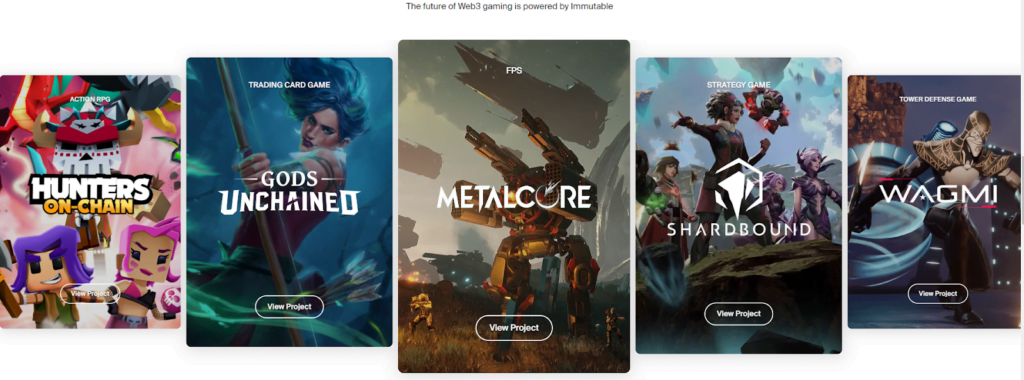Research Summary
The report discusses the evolution and future of educational games, highlighting the growth of mobile gaming and user-generated content (UGC) platforms. It also explores the challenges and opportunities in the sector, including the impact of the COVID-19 pandemic and the potential of emerging technologies like VR/AR and AI.
Key Takeaways
Growth of the Educational Game Market
- Projected Market Expansion: The kids’ educational game market is expected to grow from $4.19B in 2022 to $20.58B by 2030, according to King’s Research. This growth is driven by the increasing demand for gamified learning experiences.
Role of Mobile Gaming
- Mobile Dominance: The popularity of kids’ educational games is largely attributed to the dominance of mobile gaming and the increasing penetration of mobile devices. For instance, Roblox reports that 78% of all user sessions are on mobile.
Impact of User-Generated Content Platforms
- UGC Platforms: Platforms like Minecraft, Fortnite, and Roblox are carving out important roles in educational gaming. These platforms provide an accessible and active creative environment for educational game development.
Challenges in the Educational Gaming Sector
- Balance Between Education and Entertainment: The educational gaming sector faces the challenge of balancing educational quality, engaging gameplay, and monetization. Traditional education games might prioritize learning at the expense of entertainment and commercial success.
Emerging Technologies in Educational Gaming
- Future Technologies: New technologies like VR/AR and AI-based tools are expected to become part of the gamified educational equation in the future. These technologies will continue to transform education and increase the demand for fun and engaging educational content.
Actionable Insights
- Explore Mobile Gaming Opportunities: Given the dominance of mobile gaming in the educational game market, companies should explore opportunities to develop mobile-centric educational games to reach a wider audience.
- Leverage User-Generated Content Platforms: UGC platforms provide an accessible and active creative environment for educational game development. Companies should consider leveraging these platforms to engage with a younger audience and foster creativity.
- Balance Education and Entertainment: Companies should strive to strike a balance between educational quality and engaging gameplay to ensure the commercial success of their educational games.
- Invest in Emerging Technologies: With the expected rise of VR/AR and AI-based tools in educational gaming, companies should invest in these technologies to stay ahead of the curve and provide innovative educational experiences.












